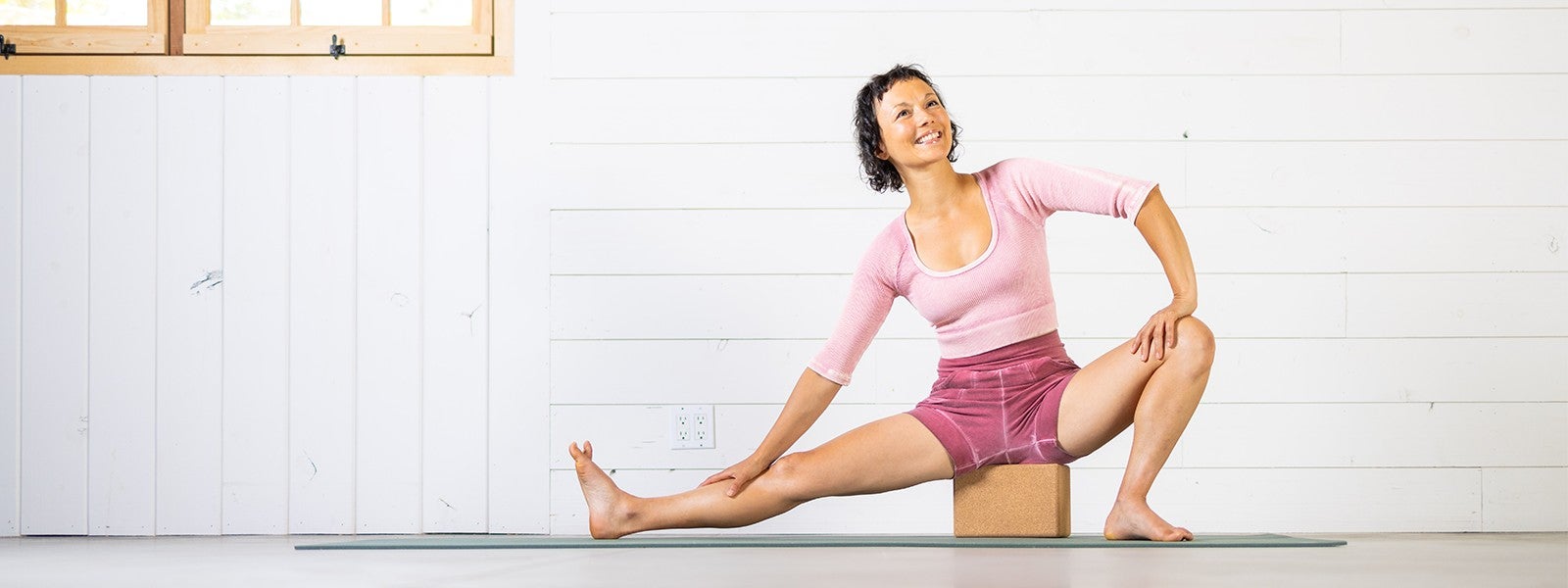
Get to Know Your Pelvic Floor
If you’ve always wanted to have super powers, you don’t have to look much further than your pelvic floor. This impressive collection of muscles and other tissues enables you to take on the world.
If you’re not quite sure what the pelvic floor is, don’t worry. It wasn’t until nine years after the birth of my third child that I finally learned about the pelvic floor and all that it does for me.
The pelvic floor consists of muscles, nerves, tendons, blood vessels, ligaments and connective tissue. It extends from the pubic bone to the tailbone (coccyx) and out to both sitz bones (ischial tuberosities).
5 “S’s” of the Pelvic Floor
If the pelvic floor wore a super hero costume, it would need the letter “S” on it five times, because that’s how many super powers it has. These are important for both women and men.
The functions of the pelvic floor include:
- Stabilize—The pelvic floor controls the movement of and stabilizes the spine and the pelvis.
- Support—The pelvic muscles support the internal organs (bladder, uterus and rectum).
- Sexual—Male pelvic floor muscles enable an erection and orgasm. Female pelvic floor muscles allow for penetration and, when at the right tension, allow for pain-free orgasm.
- Sphincteric—The muscles of the pelvic floor wrap around and work to close and open the urethra and anus to control when we expel urine and feces.
- Sump Pump—With each breath the pelvic floor and the respiratory diaphragm move together to create a sump-pump action.
The Floor of the Core Four
The pelvic floor is also a member of a team of deep muscles that work in synergy, anticipating every move—or sneeze—you make. This team is known as the “core four,” and includes the pelvic floor, diaphragm, transversus abdominis and multifidis.
Having a strong core is important for moving and living healthy, but the core four has nothing to do with the six-pack abs.
Sometimes when this team doesn’t work in sync, we can experience pelvic health issues such as:
- Urinary Incontinence (leaking urine)
- Constipation?
- Painful intercourse
- Issues with pregnancy or postpartum recovery
- Prolapse of the bladder, bowel, or uterus (POP – Pelvic Organ Prolapse)
- Back pain?
- Diastasis of the rectus abdominus (DRA)?
While these pelvic health issues are not normal, some are very common. Here are some statistics:
- 1 in 4 women and 1 in 9 men experience urinary incontinence at some point during their life.
- 50 percent of women who give birth experience pelvic organ prolapse.
- 78 percent of women who have low back pain have pelvic floor dysfunction.
If you are dealing with any of these pelvic health issues, getting to know your pelvic floor is the first step toward improving your pelvic health.
But like every superhero, sometimes you need a little outside help—in this case a physiotherapist or physical therapist with extensive pelvic health training. They can identify the root causes of your issue and work with you to reduce your symptoms and improve your pelvic health. This will help you keep your super powers strong throughout your life.
Yoga for Down There: Practices for Pelvic Health
Comments
No comments yet. Be the first!

















You need to be a subscriber to post a comment.
Please Log In or Create an Account to start your free trial.